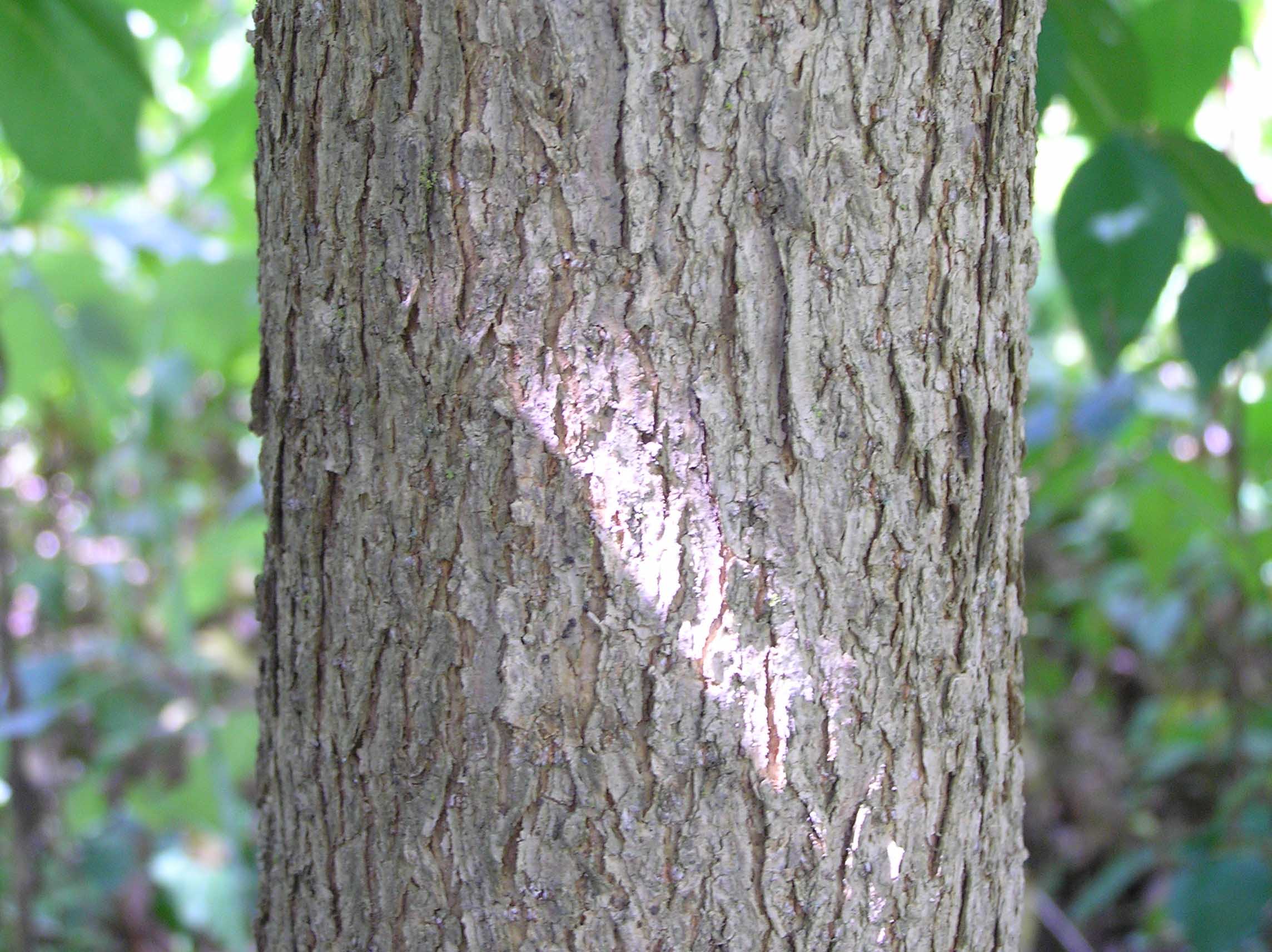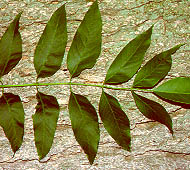blue ash tree identification
Blue Ash Fraxinus quadrangulata a Wisconsin Threatened plant is found in rich upland hardwoods often with dolomite near the surface. Ash Tree Identification E2942 Ash species attacked by emerald ash borer include green Fraxinus pennsylvanica white F.

What Tree Is That Online Edition At Arborday Org
There are a number of common tree species that have leaves like this.
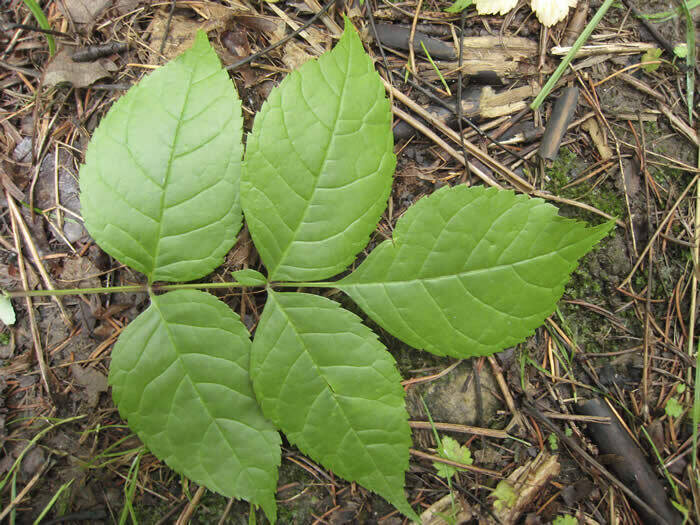
. Ash leaves are pinnately compound. The ash trees dont grow taller than 82 ft. Leaflets strongly whitened beneath.
Fraxinus quadrangulata the blue ash is a species of ash native primarily to the midwestern united states from oklahoma to michigan as well as the bluegrass region of kentucky and the nashville basin region of tennesseeisolated populations exist in alabama southern. Green and white ash are the most commonly found ash species in the Midwest with blue ash being rare. Quadrangrandulata Blue Ash.
This species too is susceptible to death from emerald ash borer. Blue Ash is one of a handful of species in the Fraxinus genus that are used as commercial lumber. Blue ash trees are medium-sized trees in the Fraxinus genus.
Fraxinus quadrangulata the blue ash is a species of ash native primarily to the Midwestern United States from Oklahoma to Michigan as well as the Bluegrass region of Kentucky and the Nashville Basin region of TennesseeIsolated populations exist in Alabama Southern Ontario and small sections of the Appalachian Mountains. Blue ash trees get their name from a dark blue or black dye extracted from the trees inner bark. Find a branch with leaves on it.
Blue ash is a relatively uncommon species of ash in Minnesota that has become even more uncommon due to the Emerald Ash Borer. Blue Ash is one of a handful of species in the Fraxinus genus that are used as commercial lumber. The bark is gray in color and develops a distinctive pattern of diamond-shaped ridges in older trees.
3 Look for the thickened base of the stem called a petiole and decide whether there is a single leaf or 5 to 11 smaller leaflets that branch out from that point. Americana White Ash 3. Nigra Black Ash 2.
Sapwood can be very wide and tends to be a beige or light brown. Nigra and blue F. An Ash tree has a compound leaf structure rather than a single leaf structure.
Not always clearly or sharply demarcated from heartwood. Has a medium to coarse texture similar to oak. White and green ash leaves typically have 5 to 9 leaflets while blue ash typically has 7 to 11 leaflets.
The first step in determining if a tree has been infested with EAB is to make certain that it is an ash tree. Young branches 4-angled often winged. Blue ash prefers to grow in dry upland soils it is commonly found growing on limestone.
Lateral leaflets without stalks. 2019 Ash trees in the genus Fraxinus are susceptible to attack by the emerald ash borer EAB a non-native insect. How To Identify Ash Tree Species From Other Ash Trees.
Blue ash is a beautiful underutilized. Blue ash is a relatively uncommon species of ash in Minnesota that has become even more uncommon due to the Emerald Ash Borer. Blue ash is a medium-sized deciduous tree and can reach heights of 75 feet with a trunk 35-inch diameter in ideal growing conditions.
Fruiting occurs early July through late August. The leaf buds are grey pinkish-brown brown with short grey hairs unlike those of the European Ash which are black. The Kentucky champion tree is in Boyle County and is over 85 feet tall.
The leaves are clusters of five to nine leaflets that are dark green on top whitish-green on the undersides. 25 m and have an irregularly rounded crown. One of the most common ash tree varieties in this country is the white ash a large shade tree.
Quadrangulata as well as horticultural cultivars of these species. It can be a very large tree up to 120 tall with very large leaflets to 20 cm. Blue Ash tree stems and branches are 4-angled.
It is also common along the Kentucky River palisades and other regions with a limestone soil base. Its botanical namequadrangulatacomes from the trees four-sided twigs. Blue ash is equally tall and can be identified by its squared stems.
Blooming occurs throughout June. Blue ash is a common large tree standing alone or in small groups in open fields and pastures in the Bluegrass region. Fall color is a purplish yellow.
Manchurian Ash Leaves Fraxinus mandshurica Like all ashes the leaves are pinnately compound and are about 10-15 inches long. It grows in USDA zones 4 through 9 rises to 80 feet 24 meters with a spread of 70 feet 21 meters. Blue Ash tends to be a bit darker in color than the White Ash Fraxinus americana pictured above.
Leaflets green or rusty beneath 4. In the fall the leaves can range from yellowish to purplish. Quadrangrandulata Blue Ash 1.
It is typically found over calcareous substrates. Ash Tree Identification E2942 Ash species attacked by emerald ash borer include green Fraxinus pennsylvanica white F. The heartwood is a light to medium brown color.
Distant relatives of the ash within the Oleaceae family include. Young branches more-or-less circular in cross-section 2. That means that the leaflets are arranged in rows on opposite sides of the central stem rachis of the leaf.
Lateral leaflets with stalks 3. Photo From Here Habitat.
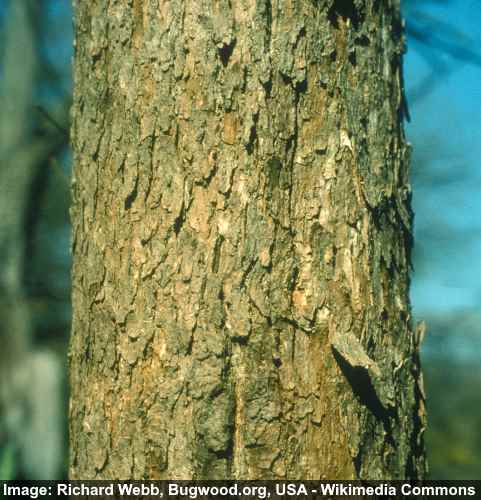
Ash Trees Types Bark And Leaves Identification Guide Pictures
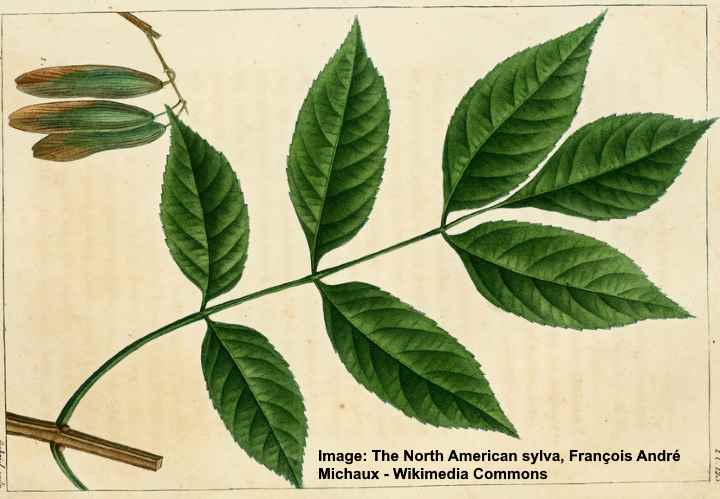
Ash Trees Types Bark And Leaves Identification Guide Pictures
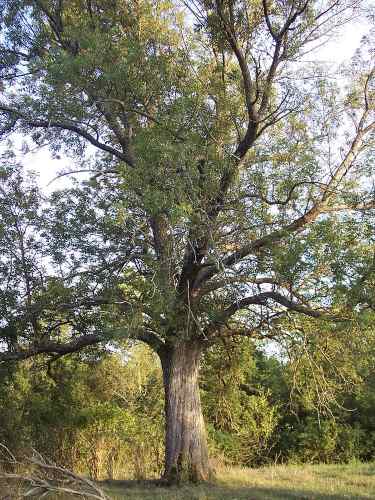
Ash Trees Types Bark And Leaves Identification Guide Pictures
:max_bytes(150000):strip_icc()/blue-ash-plant-profile-5074186-01-0ca9f4a6faf74827b14977d3b1947dbb.jpg)
How To Grow And Care For Blue Ash
Blue Ash Fraxinus Quadrangulata

4 Things You Didn T Know About The Blue Ash Hobby Farms
Blue Ash Fraxinus Quadrangulata
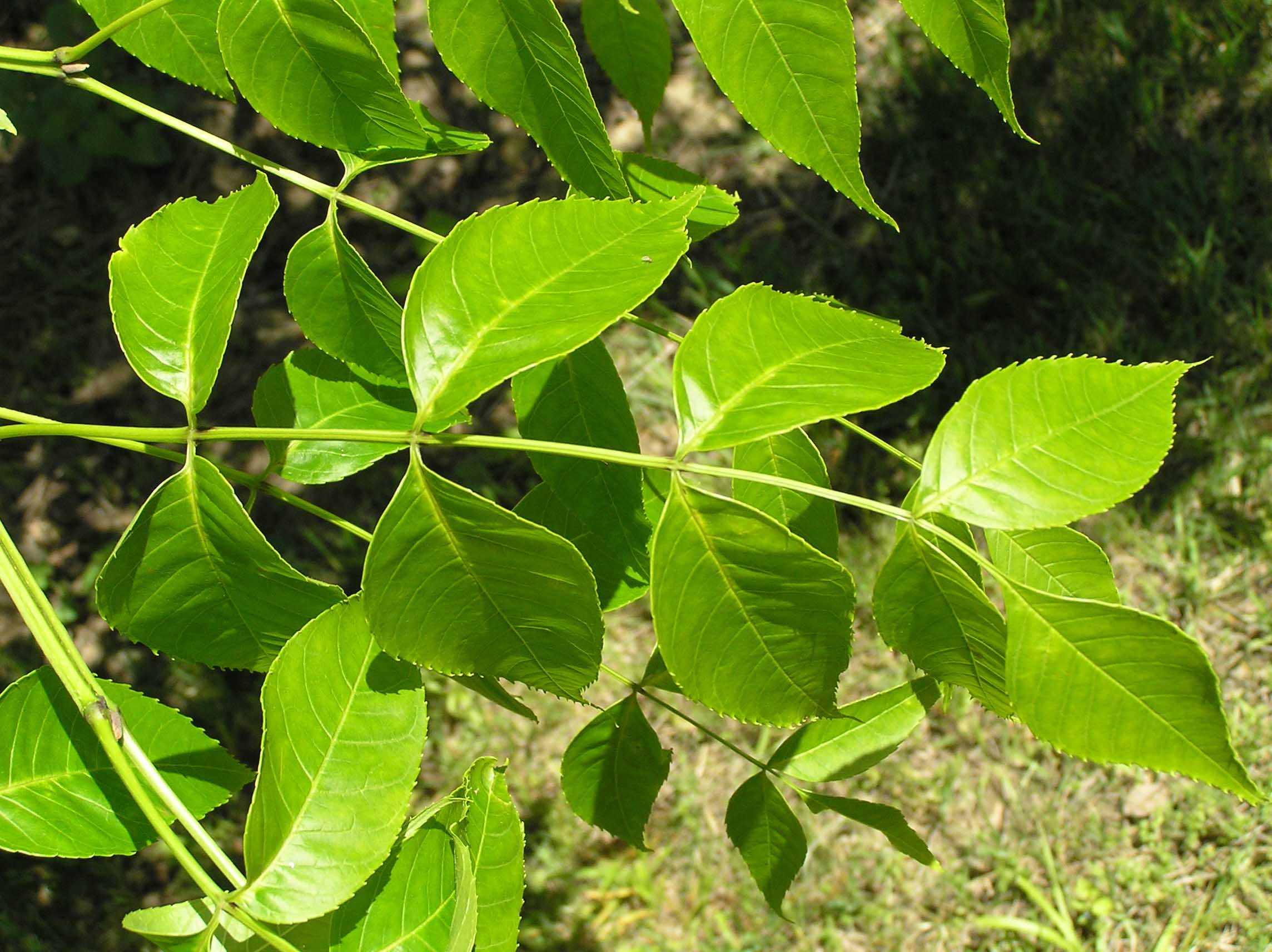
17 Ash Tree Species How To Easily Identify Differentiate Ash Trees

Ash Tree Identification E2942 Msu Extension

Blue Ash Fraxinus Quadrangulata Scrophulariales Oleaceae 5445639

Blue Ash Natural Resource Stewardship
/blue-ash-plant-profile-5074186-hero-e08a5f3211ed420ab51b1dd2e4145d05.jpg)
How To Grow And Care For Blue Ash

Blue Ash Fraxinus Quadrangulata The Arboretum

Blue Ash Fraxinus Quadrangulata The Arboretum

Fraxinus Quadrangulata Landscape Plants Oregon State University
